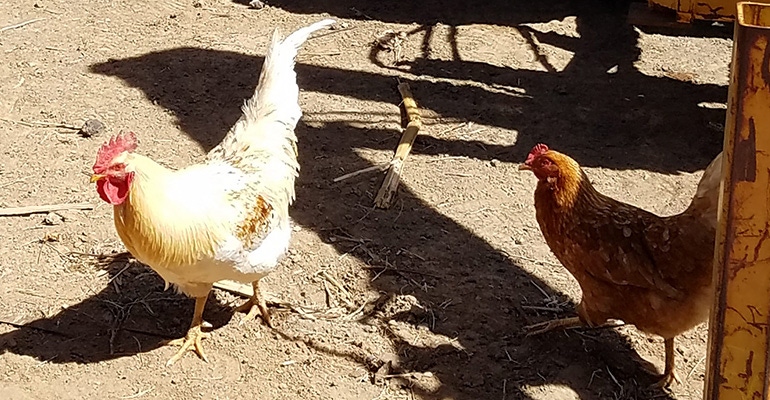May 11, 2018

Poultry litter has become a common alternative source of plant nutrients in Central and East Texas. Especially as the poultry industry grows in parts of Central and East Texas.
Broiler litter is a mixture of poultry manure, bedding, feathers, and spilled feed. The actual nutrient content of a manure sample varies. Nutrient concentration of broiler litter is variable due to age of bird, composition of the diet, how the manure is handled, and the number of batches of birds raised since the last house clean out. The average nitrogen (N), phosphorus (P), and potassium (K) content of broiler litter is 62, 59, and 40 lbs/ton, respectively. Having your manure analyzed for its actual plant nutrient content is recommended. Armed with this and appropriate soil test information you can decide on the best plan of action to use poultry litter for specific cropping needs.
When broiler litter is applied to a pasture, from 60 to 65% of the N is available in the first year. About 25 to 30% is lost through ammonia volatilization and about 10% is not available until after the first year. For optimum utilization, use poultry fertilizer to meet as much of the crops’ phosphorus and nitrogen needs as possible, then use commercial fertilizer to supply other nutrients to the levels indicated by a soil test.
If broiler litter is the only fertilizer used, phosphorus may build up in the soil which can lead to environmental problems if it moves into surface water from runoff or erosion. Combining additional N from commercial fertilizer or a legume with animal manure, will result in plants utilizing the excess P and K and increase the fertilizer value of a ton of poultry litter.
Animal manure is a complete fertilizer since it contains all nutrients necessary for plant growth. It also is high in organic matter that is a critical part of soil fertility and is an indication of soil quality. As organic matter decays, nutrients are released into the soil over time. This reduces leaching of soluble nutrients like N, sulfur, and boron from the soil during heavy rainfall. Calcium compounds in the manure have a liming effect which reduces soil acidity.
To successfully use poultry litter as an alternative:
Obtain a soil test for application fields.
Calculate crop nutrient requirements.
Obtain manure nutrient analysis.
Ensure proper application rates.
Keep in mind that many suppliers will only deliver large truck loads. If you don’t need a given large volume evaluate other nutrient sources or visit with neighbors to potentially share a load. The economics of poultry litter often hinges on transportation costs associated with delivery. Make sure to take costs of transportation and spreading into consideration when evaluating cost/benefit in comparison to commercial fertilizers. Evaluate your options carefully.
Source: Vanessa Corriher-Olson, Associate Professor Extension Specialist, Texas A&M AgriLife Extenstion, Overton, Texas
You May Also Like




